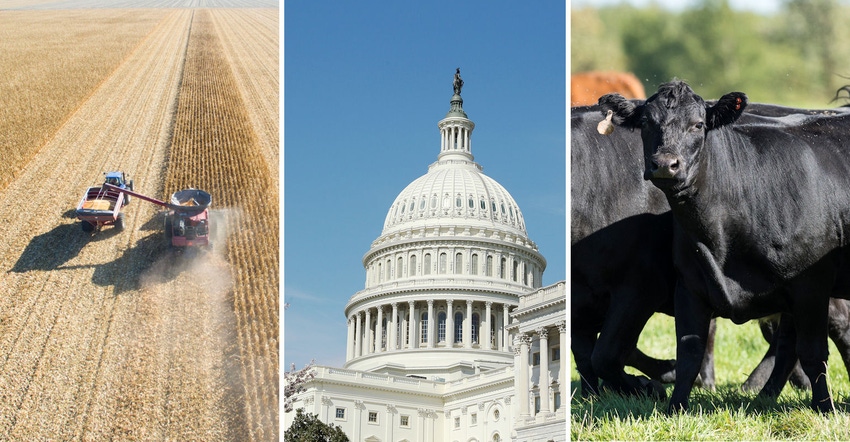
Need a quick catchup on the news? Here are seven stories you might have missed this week.
1. The number of crop acres Iowa farmers are unable to harvest this fall as a result of the August derecho windstorm has increased to 850,000 acres. It’s an increase of more than 50% from September, when USDA estimated the loss to the Aug. 10 derecho totaled 550,000 acres of mostly corn and some soybeans. – Wallaces Farmer
2. John Linder, 62, is the new president of the National Corn Growers Association. He runs 3,000 acres in Ohio with his wife, Cheryl, and his brother, Mike. The farm runs a 50-50 corn-soybean rotation, with two-thirds of the soybeans being seed beans. They mix in some soft red winter wheat when there’s conservation work to be done in the summer. The farm is predominately no-till. – Ohio Farmer
3. The U.S. EPA is expected to announce this month if dicamba-based products can be used next planting season. Those products include soybean seeds resistant to the weed killer and the herbicide itself, under brands including BASF SE’s Engenia and Bayer AG’s Xtend. The U.S. Court of Appeals for the Ninth Circuit earlier this year blocked the herbicide, arguing that the EPA ignored risks associated with the chemical drifting onto other properties and violated federal regulations when it extended licensing in October 2018 for two years. The agency criticized and later undercut the court decision, which has canceled registration for three dicamba-based products sold by BASF, Bayer and Corteva Inc. – Farm Futures
4. To an artificial intelligence neural network, each cow face is as unique as a human face and can be recognized anywhere it goes. A team of researchers at Kansas State University has been working since fall of 2019 to bring artificial intelligence to the cattle industry by building a database of photos of individual animals that can be used to provide quick traceability of where an animal has been in the event of an animal disease outbreak. – Kansas Farmer
5. USDA estimates U.S. crop producers are losing $1.5 billion a year to damage caused by wild hogs. Wild hogs have been found in 35 states, with Texas having the most. – Fox News
6. Wheat gluten protein, which is the byproduct of wheat starch and ethanol production, is being tested as an absorbent in diapers. Researchers believe the material could be modified to match the absorbency of petroleum-based products. – Anthropocene magazine
7. Researchers from seven universities and federal laboratories want to hear from U.S. hemp growers to help identify production issues, research and outreach needs. A grower survey is open through Oct. 20. The survey asks growers about needs, costs and material availability and sustainability associated with producing crops in potting mix or solids used in hydroponics. – Hemp Industry Daily
And your bonus.
October is farm-to-school month, which celebrates the collaboration between local farmers and schools. The farm-to-school movement started small at Mesabi East High School on Minnesota's Iron Range, but continues to grow. – KBJR6
Read more about:
ResearchAbout the Author(s)
You May Also Like




